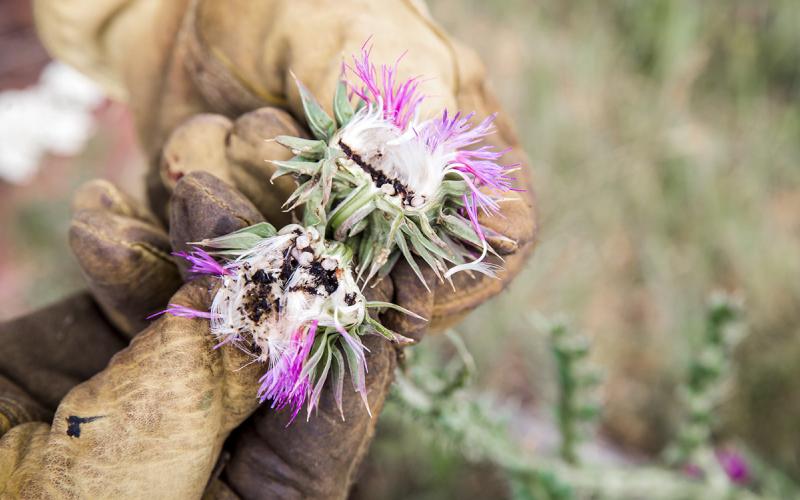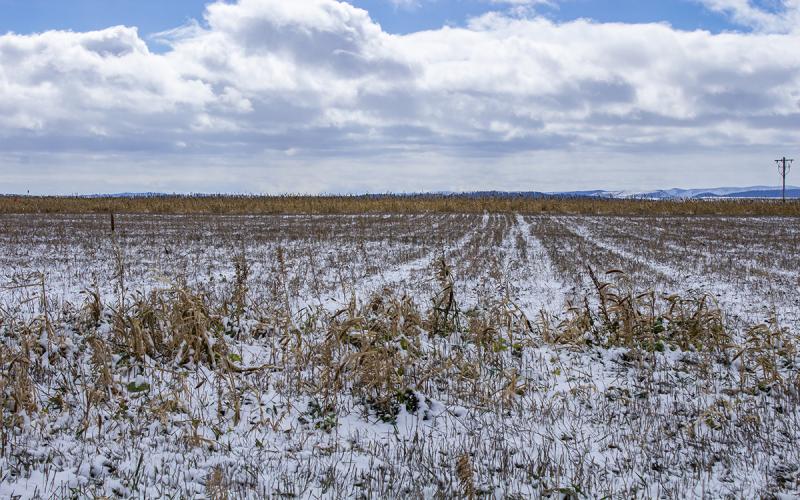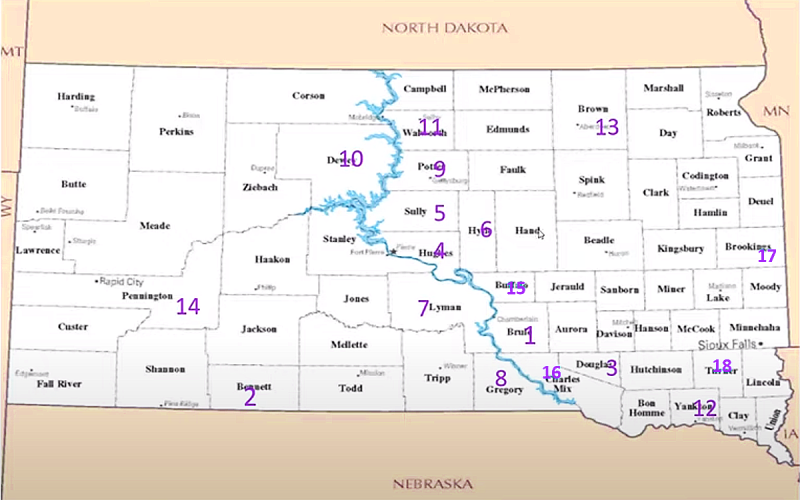
Written collaboratively by Eric Jones, Graig Reicks, Philip Rozeboom, Jill Alms and David Vos.
Palmer amaranth has recently been confirmed in Turner County. Currently, the estimation of Palmer amaranth infestations has been confirmed in 18 counties across South Dakota (Figure 1).
Palmer amaranth is a weed native to the Southwest United States that has moved across the country, primarily in the Southern United States. Movement of Palmer amaranth can be traced to seed movement by wildlife, contaminated-machinery, -feed, -manure, and – crop seed. The weed is difficult to manage due to prolonged emergence, rapid growth, and copious seed production. In addition, Palmer amaranth is resistant to nine herbicide groups and multiple herbicide resistance is common (Heap 2025).
Identification
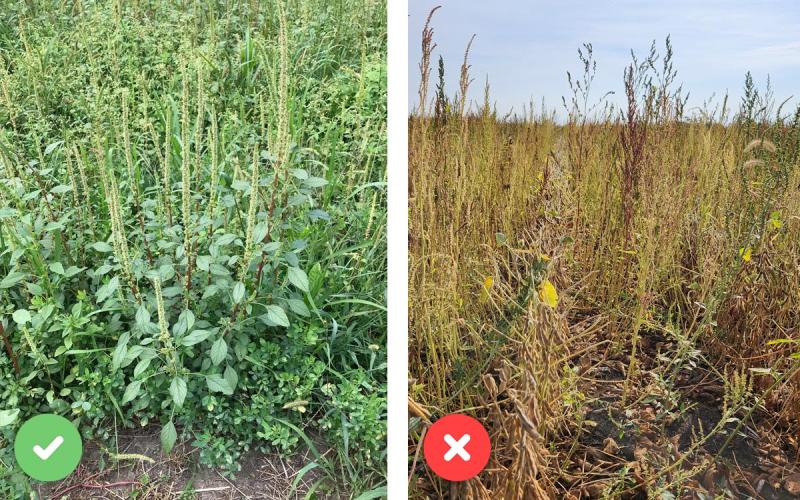
Waterhemp, a close relative of Palmer amaranth, is well-known across South Dakota. At first glance, the two species look very similar (Figure 2). However, there are tricks that facilitate proper identification. The flowers are the most accurate way to differentiate the two species. Palmer amaranth possesses long bracts (modified leaves associated with flowers) that are sharp to the touch, while waterhemp possesses short bracts that are softer to the touch (Figure 3). While this is an accurate way for identification, this time is too late to manage the weed and seeds are likely present at this growth stage. Therefore, identifying plants in the vegetative stage ensures the suspect plant cannot produce seed. The leaf to petiole ratio is the most accurate way to identify smaller plants in the vegetative stage and management can still be effective. If the petiole (the structure that attaches the stem to leaf) is longer than the leaf, the plant is likely Palmer amaranth (Figure 4). If the petiole is shorter than the leaf, the plant is likely waterhemp. The leaf to petiole ratio is not 100% accurate (i.e., plants from either species can possess longer/shorter petioles if one searches hard enough), so examine several leaves and their attached petioles on each plant to confirm the majority is highly recommended.
Bracts
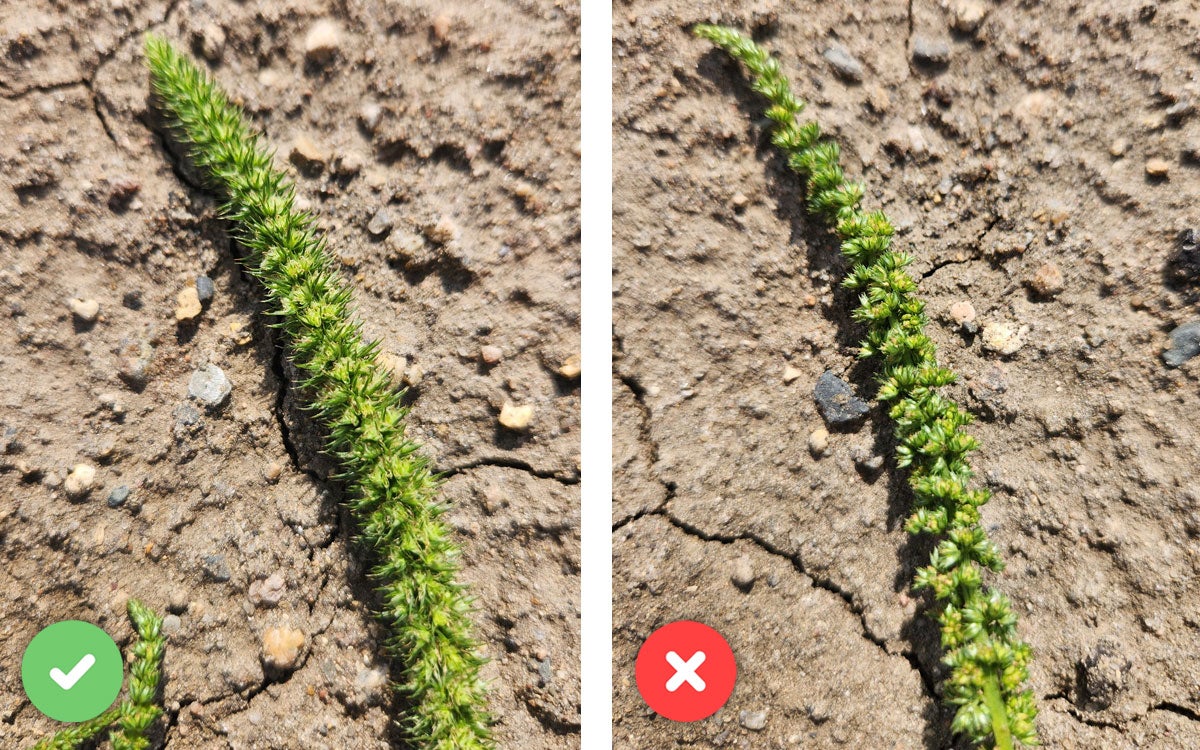
Leaves and Petioles
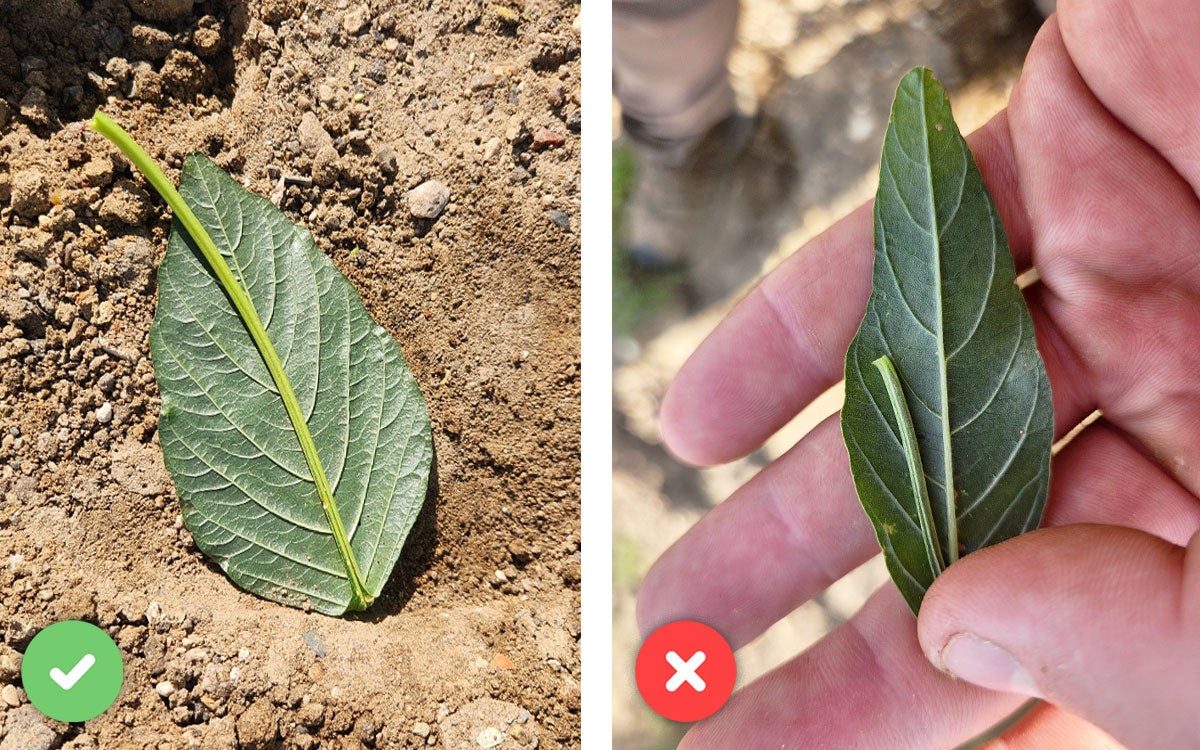
Management
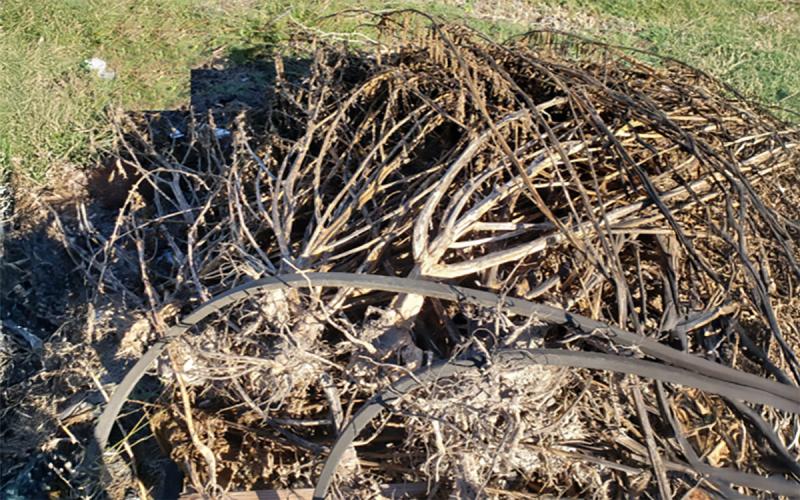
If Palmer amaranth is found in fields, plants should be removed, contained, and destroyed (Figure 5). If plants are simply uprooted, seeds will be returned to the soil and will have to be managed in future growing seasons. Informing South Dakota State University Extension of Palmer amaranth infestations helps us track where the weed has been found in the state and make recommendations based on the locale. While likely an uncomfortable situation, informing neighbors of Palmer amaranth infestations is a good idea so the management (and hopefully eradication) can be a community approach and much more effective than tackling the endeavor alone. There are already too many difficult-to-manage weeds (i.e., Canada thistle, kochia, leafy spurge, waterhemp), we do not need Palmer amaranth to be added to the list!
Reference
- Heap, I. The International Herbicide-Resistant Weed Database. Online. Friday, September 5, 2025. Available www.weedscience.org
